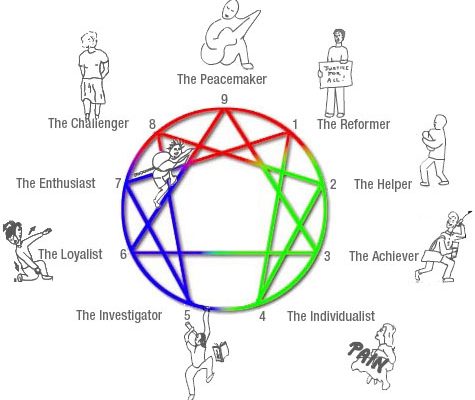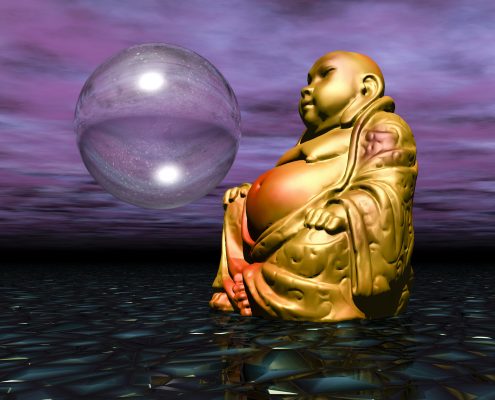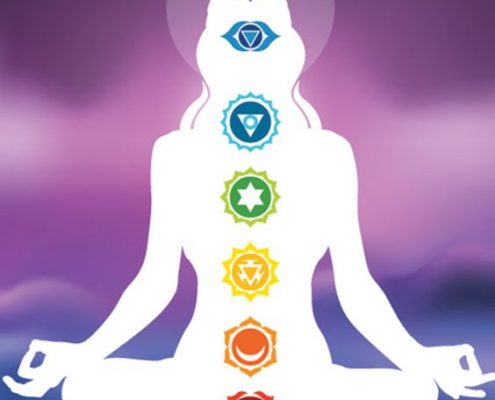WHAT IS MINDFULNESS? …AND WHAT IS IT BASED ON?
Mindfulness is having a positive attitude about the phenomenon, feelings, and environments your body encounters. It is a form of “treatment” with origins in the Buddhist religion, and it has made its way to places like the West in the context of handling and treating stress – thus also the term MBSR (Mindfulness-Based Stress Reduction).
Mindfulness has its roots in yoga and in old meditative traditions, where the aim is to increase positive qualities, such as increased attention, insight, acceptance, and empathy. It is a training of the mind, where you practice full attention to thoughts, feelings, and sensations – the ability to be present and fully attentive to the now.
They said that through Mindfulness feelings and thoughts are experienced objectively as they are – you don’t respond to them, as consciousness of yourself and your reactions enables you to respond to what may arise in the present. This trains the ability to act instead of react.
Today, effective Mindfulness is trained by meditation, yoga, and attention exercises. Another anchor is “the cleansing breath”, for which reason mindfulness is often combined with “meditative music” and breathing techniques in order to achieve optimal benefits.
A “simplified” example of Mindfulness could be the following: You are stressed, and on top of that you have a headache. Normally it will drag you down, and the calculation will look like this: Stress + headache + irritation + tension + negative feelings and a short fuse = eventual negative experience. In order to change the “eventual negative experience” to something else, Mindfulness now “turns it upside down,” and now you need to focus on the feeling of stress and on the feeling in your head… explore what you are feeling and sensing with sincere inquisitiveness. Then say in your mind: “Dear stress and dear headache, I love you. Thank you for being here”.… This “recognition” will change the way you handle everything, as your psyche and mind will no longer consider the factors of stress and headaches to be nearly as negative as before.
In case of chronic pain, you often have to work for some time with love and gratitude in order to turn it all around… And if you get impatient along the way, then do the same with your impatience, which will eventually give you emotional freedom and inner peace.
Question: Does the pain always go away?
Answer: What difference does it make when you have learned to love it?
This technique is the essence of Mindfulness – learning to hold and be in the now with everything that encompasses your “chaotic life”.
Another “element” of Mindfulness is “Mind walking” or “Mindful walking”. Here, you use mindfulness actively, for instance while taking a walk. You focus on consciously being present in and through your body, while combining your steps with breathing exercises. E.g. inhale with you first step – exhale on the third step – wait two steps and repeat – while you learn to love your frustration, your pain, or your lack of energy.
The only problem is that all that stuff is directly opposed to the Bible… First of all, Buddhism, which is the foundation for Mindfulness, is just wrong. Furthermore, according to the Bible we should definitely not learn to love negative feelings and sensations, such as pain, fear, jealousy, anger, sadness, shame, sorrow, depression, envy, rage, and stress.
2 Timothy 1:7
For God has not given us a spirit of fear, but of power and of love and of a sound mind..
…but in Mindfulness, you are supposed to learn to love the fear and the hopelessness – instead of banishing it.
Jesus says in John 10:10 about the devil that : “The thief does not come except to steal, and to kill, and to destroy. I have come that they may have life, and that they may have it more abundantly.” All the things that destroy us are precisely fear and negative things like pain, jealousy, anger, sadness, shame, sorrow, depression, envy, rage, and stress. If you look at things like jealousy, anger, envy, and rage, they are actually outright sins according to the Bible, and Jesus forbids them… and furthermore, Jesus actually took all disease/pain, guilt, and shame on the cross when He died for our sake – so why should we hang on to it and learn to love it? Why not rather lay it at the cross and let Jesus carry it for us?
1 Peter 5:7
…cast all your care upon Him (Jesus), for He cares for you.
…this is a direct contradiction between Mindfulness and the Bible in terms of what it means to carry and even love your burdens.
Isaiah 53:3-8 (The Living Bible)
We despised him and rejected Him (Jesus)—a man of sorrows, acquainted with bitterest grief. We turned our backs on him and looked the other way when he went by. He was despised, and we didn’t care. Yet it was our grief he bore, our sorrows that weighed him down. And we thought his troubles were a punishment from God, for his own sins! But he was wounded and bruised for our sins. He was beaten that we might have peace; he was lashed—and we were healed! We—every one of us—have strayed away like sheep! We, who left God’s paths to follow our own. Yet God laid on him the guilt and sins of every one of us!
He was oppressed and he was afflicted, yet he never said a word. He was brought as a lamb to the slaughter; and as a sheep before her shearers is dumb, so he stood silent before the ones condemning him. From prison and trial they led him away to his death. But who among the people of that day realized it was their sins that he was dying for—that he was suffering their punishment?
Andreas Slot-Henriksen
July 14, 2018
Translated from Danish
by Lisbeth Agerskov Christensen













